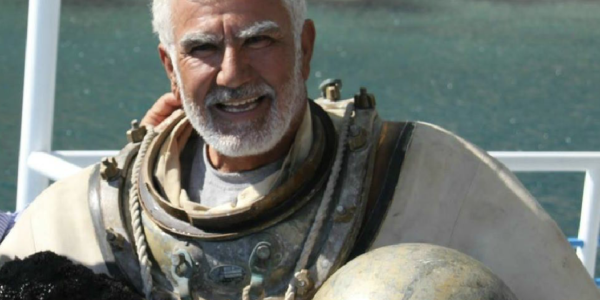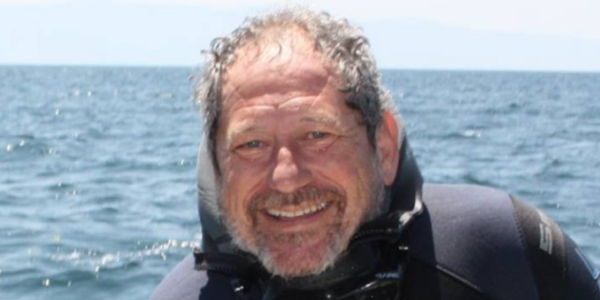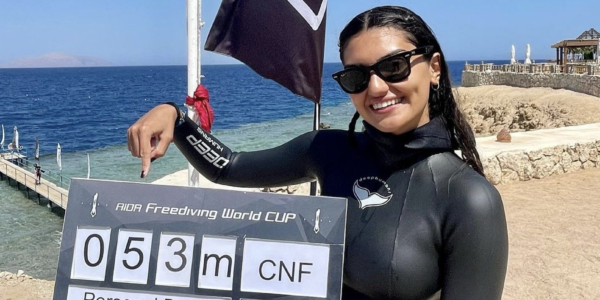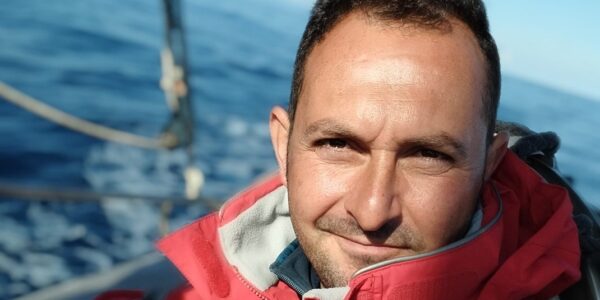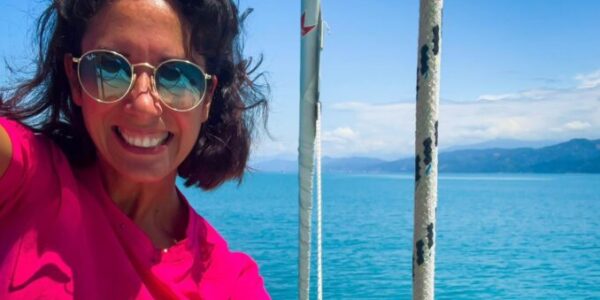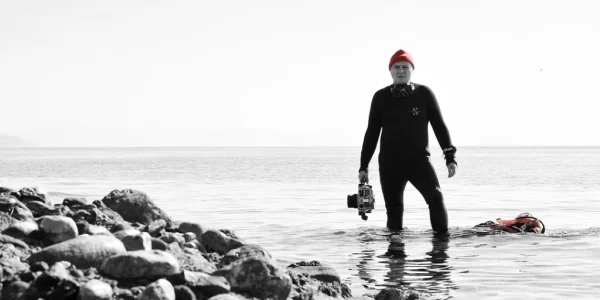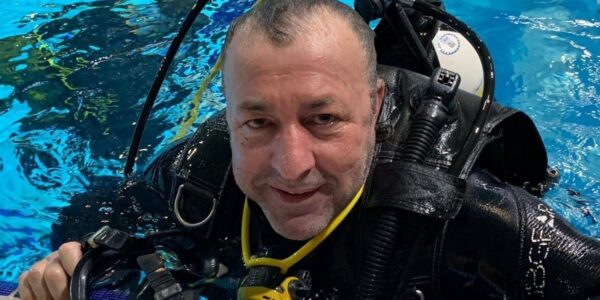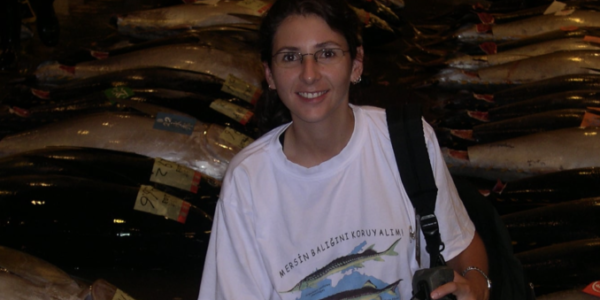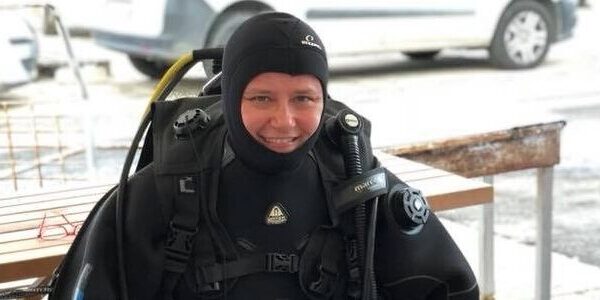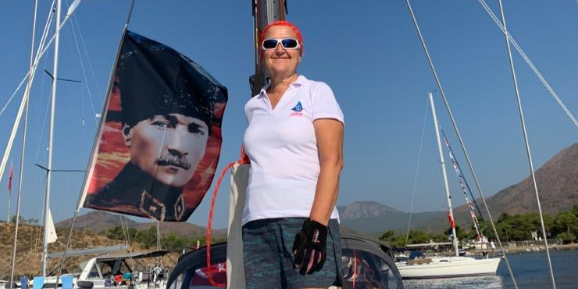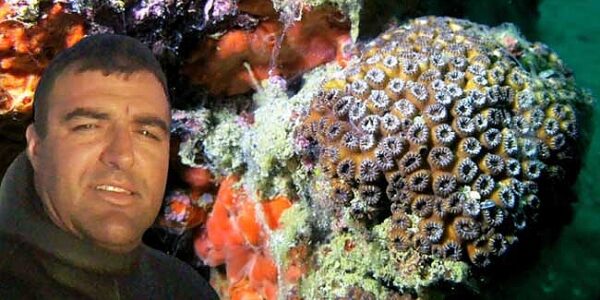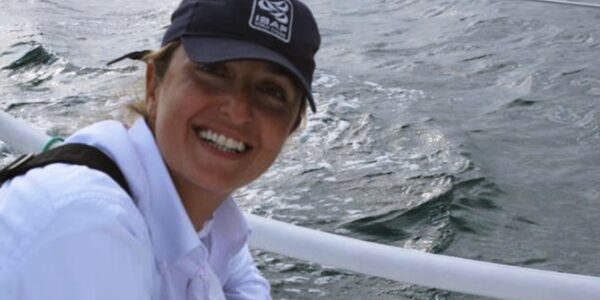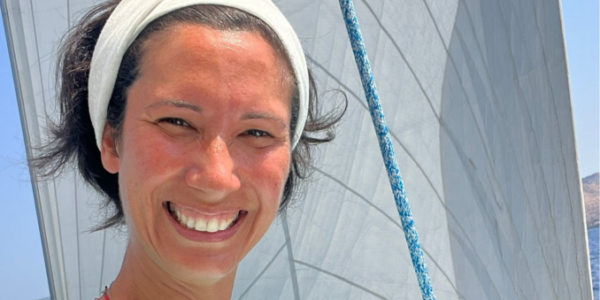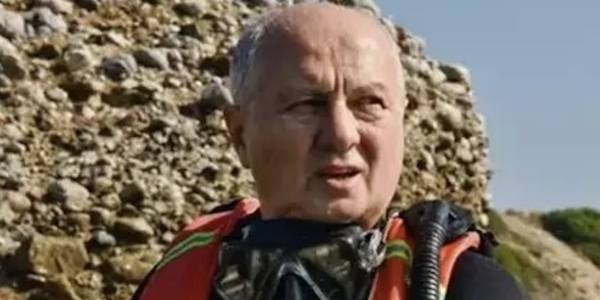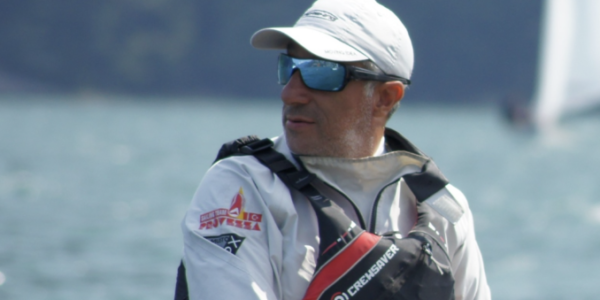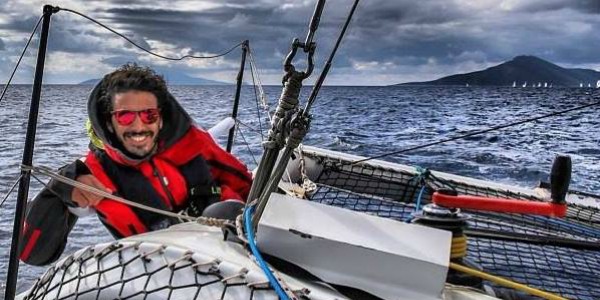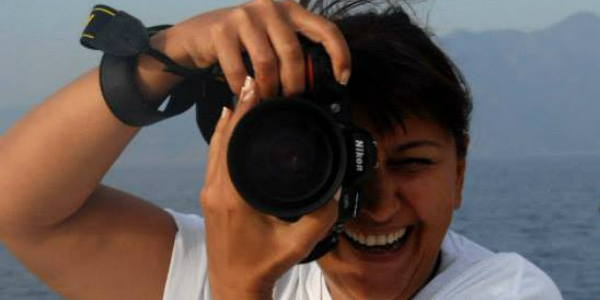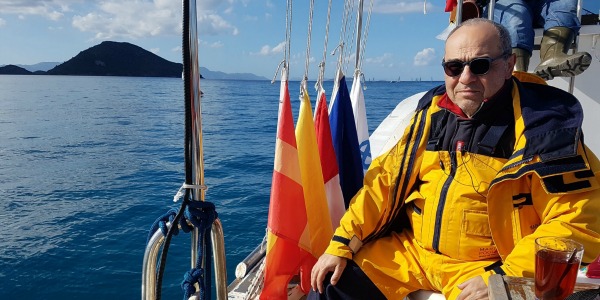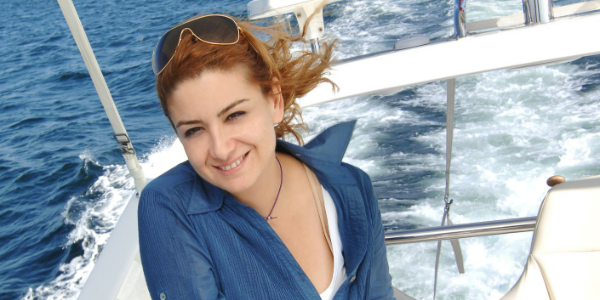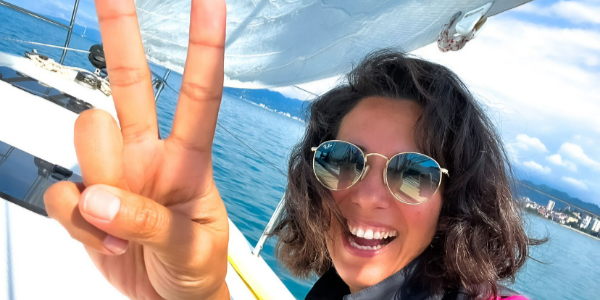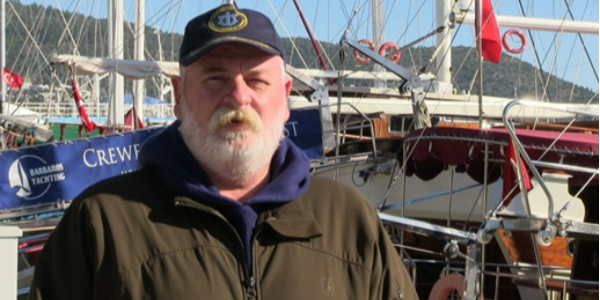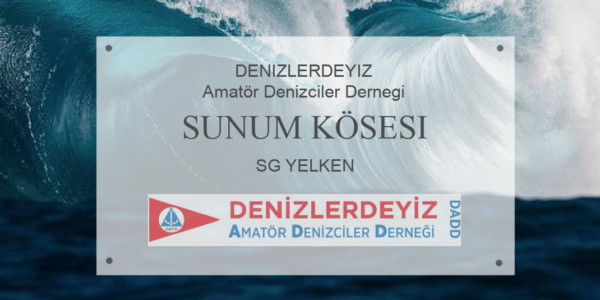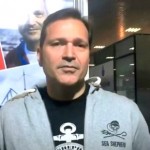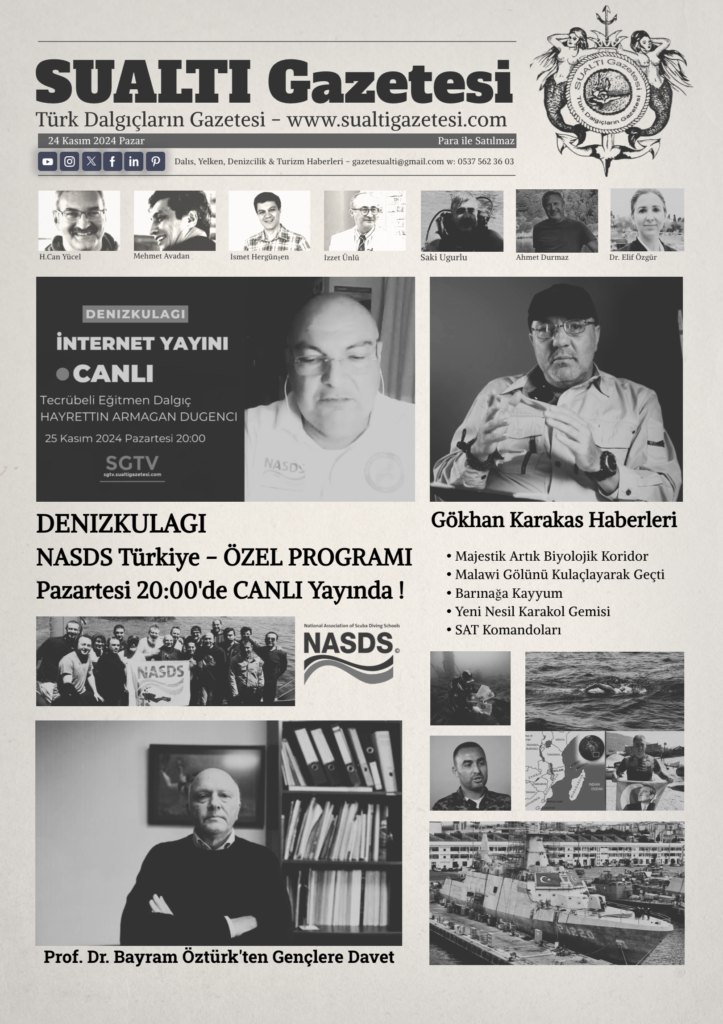With just six months to go before the Tokyo 2020 Olympics, time is short as nations and their athletes prepare for the conditions on Sagami Bay. And while the host is responsible for preparing the venue, it is compulsory for each sporting federation to manage the process.
Alastair Fox is the Director of Events at World Sailing, and he is on point to insure the Enoshima venue will be ready. But with every Olympics comes challenges to overcome, so Scuttlebutt editor Craig Leweck checks in with Alastair for an update. Fox discussed the venue in Part 1 and in this segment discusses the weather:
It has become known that the air temperature will be an issue for Tokyo. Let’s just talk about heat and how that relates to the competition.
Heat mitigation is going to be a problem for all sports in Tokyo. For sailing, we are pretty relaxed because normally we have a sea breeze, but in Enoshima, it’s really hot and humid. This can be a real problem, particularly if there’s no win, which means the athletes, coaches, officials, volunteers have to cope with it. So we’re really proactively pushing Tokyo 2020 organizers to make sure there is enough shade and air-conditioned rest space for all the people who are going to be involved in the games.
At the Rio Olympics, the athletes were not allowed to erect tents to create personal shade for themselves and their gear. Will that be the case in 2020?
That’s a discussion we’re still having. From the coach perspective, they would rather just get on and be allowed to do it themselves, but if we allow them to do it themselves, we would definitely want to put some kind of rules around the size of tents, the color, the shape, so that we can try and actually have a good look because otherwise, the venue doesn’t look great on TV.
Some teams may have a massive advantage because they’ve got all-singing, all-dancing facilities, and another guy has nothing, but the reality is there needs to be shade, and so we’re still reviewing what the best way of doing that is, either allowing it through our rules or ensuring that Tokyo 2020 provide it fairly for everybody.
But beyond that, with heat mitigation, there are other issues that we’ve been paying attention to, like sail pumping for the RS:X fleets in light wind conditions. If you’re wearing a PFD and a bib, that can really help overheat your body, so we’re looking at making sure that the bibs are breathable.
Actually, in the test event, we went back to the generic RS:X class rule where we only wore a PFD if we had the Y flag up, so we’ve been looking at various sport rules to make sure that our athletes stay safe.
Another really simple thing that we know we can do if it is particularly hot, light, humid conditions is have mandatory rest breaks between the last boat finishing and the start of a new race because we’ve seen through a lot of scientific data now that if you have a minimum of a 10-minute rest period, your core body temperature does have time to recover. So we’ve done a lot of research into all of that.
There’s rules against competitors wearing weight, so how does the ice vest factor into that?
That’s an interesting one, where during the 2019 test event at the Olympic venue we had questions coming in from teams asking if they were allowed to wear ice jackets, cooling jackets, while racing. The interpretation the jury made of the Racing Rules of Sailing was that they were allowed to wear ice jackets or cooling jackets as long as they, effectively, did it every day, so they weren’t doing it specifically for heat reasons.
So you couldn’t decide not to wear a jacket on a cool day. If you’re going to wear one, you wear one. And obviously, none of the ice jackets, cooling jackets, could have any form of electronics or anything that is against class rules.
So it was a decision that they were allowed to be used in the 2019 test event, and it is a discussion that is being had now as to whether or not they should be allowed while racing at the Olympics. Certainly, the medical commissioner is very happy for them to be wearing them in between races. The question is, what about whilst racing? A final decision will be made in March.
With regard to exertion and heat, would it impact when the pumping rules get initiated?
We’re really keen not to change any of those rules because it’s starting to change the game. The reality is athletes from certain parts of the world do not think racing in Japan is a problem whereas a Northern European sailor may think there’s a problem.
The bottom line is each country has a responsibility to make sure that athletes are properly prepared for competing in potentially hot conditions, and a lot of these countries probably recognize that their athletes weren’t prepared enough.
So we are not at all keen to change those sorts of sport rules because it is going to change the game. So we’d much rather look at mitigating ways of dealing with it, and as I said, mandatory rest breaks, we think that’s a better way to go.
Do you look on with envy as other sports are able to adjust their event times to mitigate the heat?
We are stuck with being a daylight sport, and that’s the way it is. But 32°C (90°F) seems to be a magic number where a lot of sports start cutting off their decisions to compete, but we never saw it that high out on the water. We got close, 31 and a half, but as soon as the sea breeze kicks in, the temperature drops to a much safer level.
So we’re relatively confident that we’re not going to have a significant problem, and as I said, by looking at some mitigating factors – making sure that coaches have enough ice on their coach boats, have towels and water and shade on the water, all these things to help rest their athletes between racing – we’re hoping that actually we can still have a successful competition without changing the game.
THIS IS PART TWO OF A THREE PART SERIES.
Source: sailingscuttlebutt
